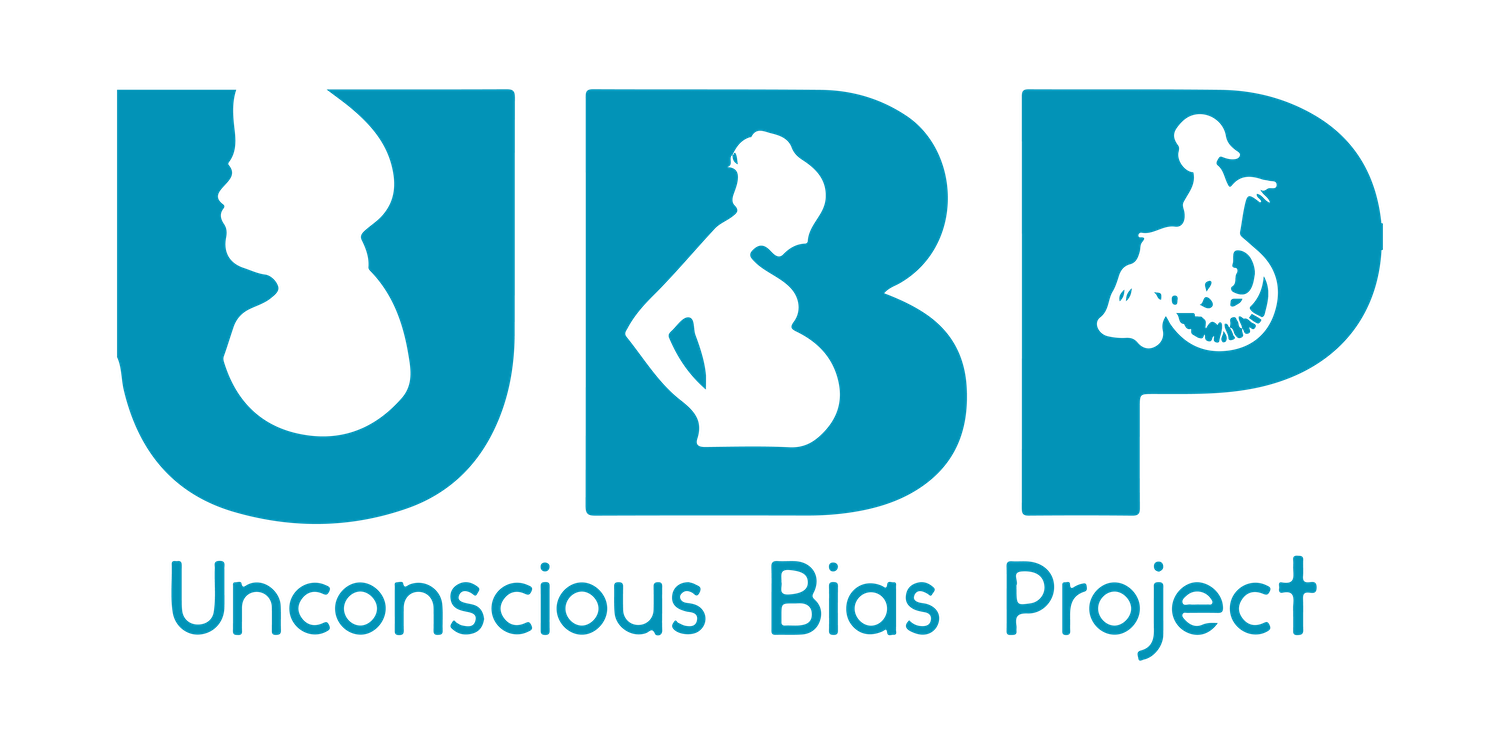Unconscious Bias Against Women
As we describe elsewhere, stereotypes are the root of unconscious bias.
Stereotypes negatively impact STEM women in many ways. When women internalize gender stereotypes, they can invoke something called stereotype threat. According to www.ReducingStereotypeThreat.org, stereotype threat “refers to being at risk of confirming, as self-characteristic, a negative stereotype about one’s group.”
Stereotype threat can negatively impact women’s performance on a number of tasks. The phenomenon has been so well studied (Ambady et al 2001, Spencer 2001, Good et al 2008, to name a few) that groups such as Reducing Stereotype Threat have created whole websites to counter its effects!
We can project stereotypes onto others, too, and think and act with unconscious bias. This unconscious bias manifests in many different ways to hold back women in STEM.
To Enter STEM
The more an individual consciously agrees with the stereotype that men are more fit for STEM than women, the more they act with unconscious bias.
This unconscious bias affects young women significantly.
A 2009 paper examining data from 34 countries found that national average stereotypes against women in STEM, as measured by the Implicit Association Test, are strongly correlated with national sex differences in 8th grade science performance. In other words, “The mean level of implicit stereotyping among national citizens, regardless of age or gender, predicted the sex differences in TIMSS performance among the 8th graders of that nation from 2003 and 1999” (Nosek et al 2009).
The gender gap in science performance could be due to internalized stereotypes (i.e. stereotype threat), unconscious bias from teachers that reward more time to male students than females, or, most likely, a combination of the two.
Internalized stereotypes can influence whether women pursue a career in STEM:
“A survey of women majoring in math-related fields, revealed that women who believe that status differences between the sexes are legitimate were more likely to endorse gender stereotypes about women’s math abilities, which in turn predicted more negative self perceptions of math competence and less interest in continuing study in one’s field.” (Schmader et al 2004).
When teachers act with unconscious bias, it can influence whether they recommend female students for a career in STEM.
A 2015 German study showed that the degree to which teachers hold traditional stereotypic gender associations influence whether those teachers recommend boys or girls for a secondary school specializing in language (stereotypically for girls) or math (stereotypically for boys) (Nürnberger et al 2015).

